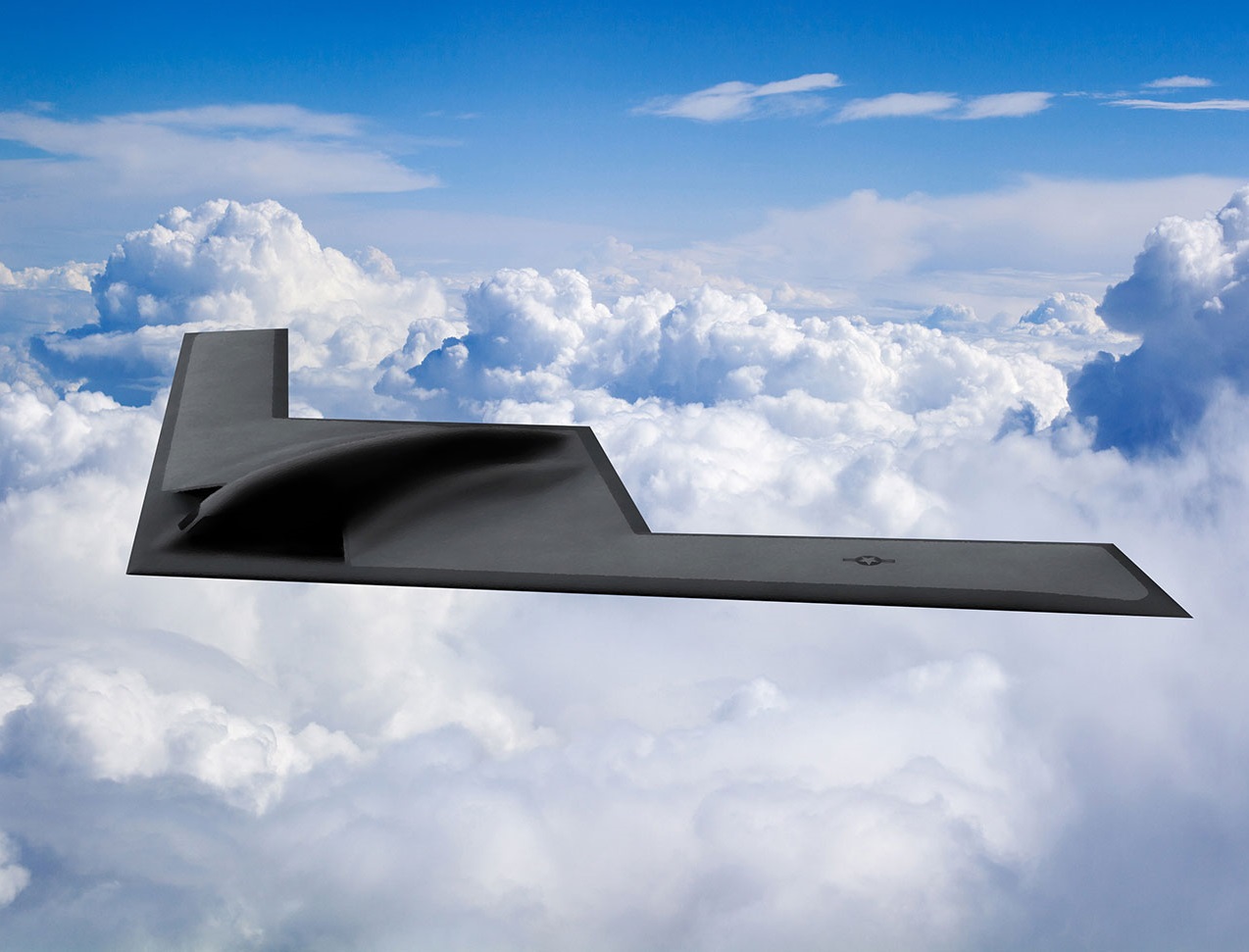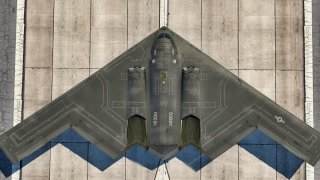Inside the Air Force's B-21 Raider Bomber's Unique 'Weakness'
The B-21 Raider, set to replace the B-2 Spirit, recently completed its maiden flight and is slated to join the U.S. Air Force within a few years. This next-generation stealth bomber promises advanced deep penetration capabilities to counter modern air defense systems.
Summary and Key Points: The B-21 Raider, set to replace the B-2 Spirit, recently completed its maiden flight and is slated to join the U.S. Air Force within a few years. This next-generation stealth bomber promises advanced deep penetration capabilities to counter modern air defense systems.
The Problem: Despite the program's progress, critics question the necessity of the B-21, pointing to America's already substantial defense budget.
Why It Must Work: While some fear the project could face budget cuts similar to the B-1A, the B-21 remains politically uncontroversial, making it likely to proceed. With heavy investments and strategic importance, the B-21 may become America’s next major stealth asset.
B-21 Stealth Bomber: On Track for Production, but Critics Question the Need
The B-21 Raider is being heralded as the next big entry into the USAF’s force structure.
Slated to replace the B-2 Spirit as America’s stealth bombing option, the B-21 recently made its first test flight, and is expected to join the force within the next few years.Yet, some observers are asking whether the program will be completed or whether the B-21 might suffer a fate similar to the B-1A, whose funding was cut before the bomber could ever be produced.
Introducing the B-21 Raider
Last November, the B-21 made its maiden test flight. And while the Air Force hasn’t chosen to share much about the program with the public, the B-21 seems to be moving along satisfactorily.
“The B-21 Raider is in flight testing,” said Ann Stefanek, an Air Force spokeswoman. Stefanek emphasized that the testing is an important step toward providing “survivable, long-range, penetrating strike capabilities to deter aggression and strategic attacks against the United States, allies, and partners.”
The B-21 would be the first new American bomber to join the fleet in about three decades. The last US bomber, the B-2, was developed through the 1980s and 90s.
And although it’s been more than a generation since the US last produced a new bomber, the cost of the program, plus the secrecy of the program, has some observers asking questions, wondering whether the project will ever be completed, or whether the project ever should be completed.
Does America need the B-21?
The need for the B-21 derives, in theory, from the advancements made in air defense technology.
Essentially, the B-2 is no longer as stealthy, as capable of deep penetration missions, as when first debuted. The result is that the US may have lost some ability to deliver ordnances behind enemy lines, undetected. And as such, US deterrence may be reduced.
The B-21 would, in theory, rejuvenate the US’s ability to perform deep penetration bombing runs, hence rejuvenating our deterrence.
But deep penetration bombing runs aside, and some naysayers are pointing out that America has, without even a close second, the highest defense budget of any nation on Earth.
The commitment to a new stealth bomber is naturally going to raise questions from a public who has watched so much of their tax base go directly to Lockheed Martin, or the B-21’s creator, Northrop Grumman.

Will the B-21 be cut?
The B-21 program appears to be moving ahead as planned. Things change. But significant resources have already been invested in the B-21.
Also, unlike most canceled programs, the B-21 is not a political hot potato. For the most part, the general public is unaware of the B-21; no one is pressuring their local congressperson to take a stance on the B-21. It’s just not a controversial issue (like the B-1A, or the F-35). Which means the bomber will likely proceed as planned.
“The ability to conduct long-range strikes at scale in all threat environments has been a decisive U.S. military advantage for more than 7 years,” wrote retired Air Force Colonel Mark Gunzinger. “Long-range bombers enable theater commanders to strike enemy targets inaccessible to other U.S. and allied forces.”
With Gunzinger, and like minded military-brass, and profit-minded aerospace executives, leading the charge for the B-21 – without public opposition – expect the B-21 to be produced as scheduled.
About the Author: Harrison Kass
Harrison Kass is a defense and national security writer with over 1,000 total pieces on issues involving global affairs. An attorney, pilot, guitarist, and minor pro hockey player, Harrison joined the US Air Force as a Pilot Trainee but was medically discharged. Harrison holds a BA from Lake Forest College, a JD from the University of Oregon, and an MA from New York University. Harrison listens to Dokken.
Image Credit: Creative Commons.


